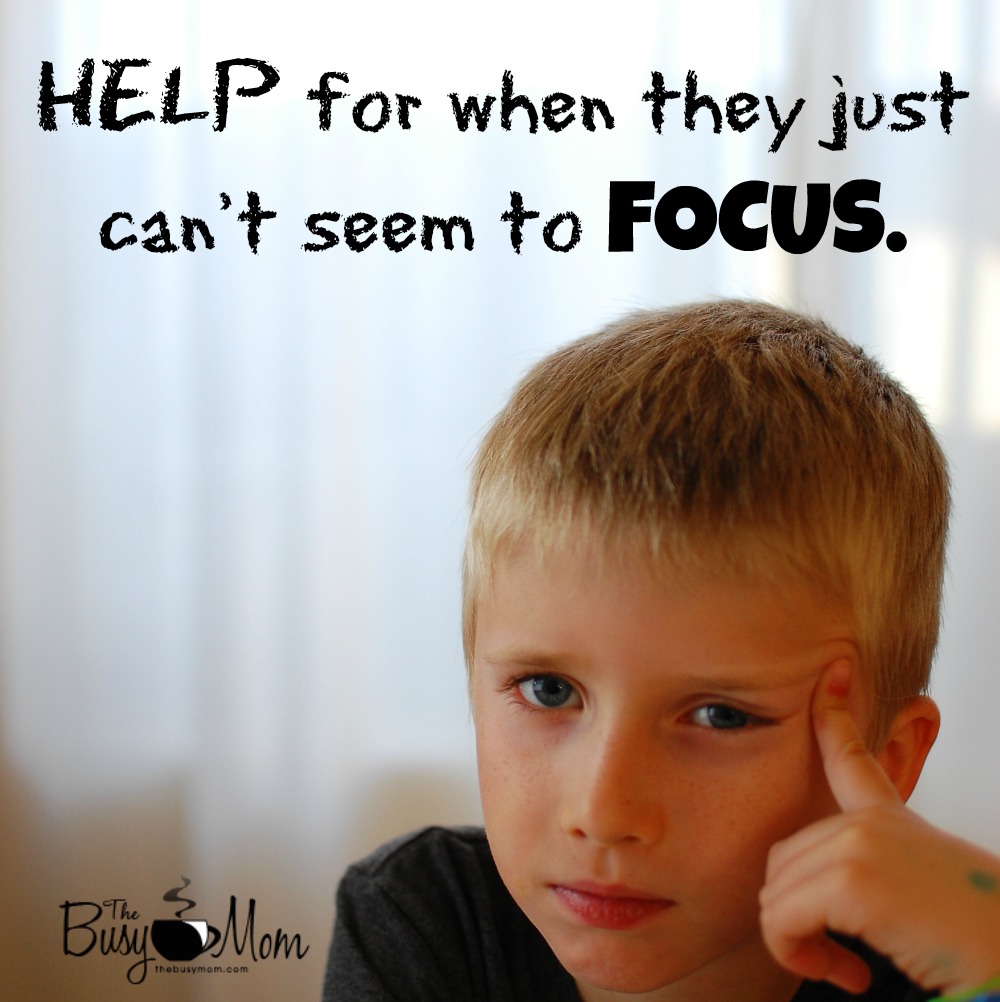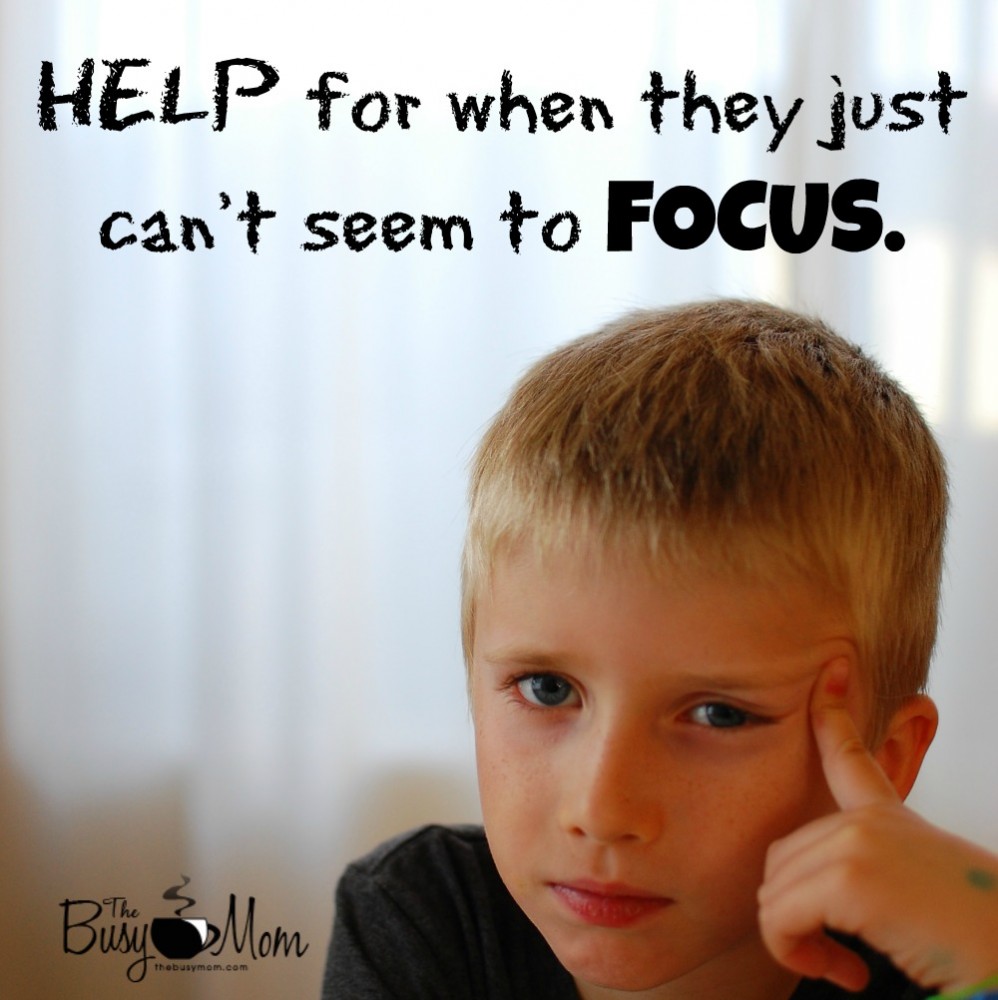My daughter sat, if you can call it that, splayed wildly across two chairs and chatted light-heartedly about some birds she had seen outside her window that morning.
Curious, I questioned her, “Have you finished your math?”
Exasperated, I realized that she had barely made a dent in her assignment.
Hands up if this is going on in your home?
My daughter is not generally a willful or disobedient child. She is, however, a kinesthetic learner who really does need to move in order to learn well. Moving while she does her schoolwork helps her to think and remember. These days, now that I understand the impact of different learning styles, you will find her doing her schoolwork sitting atop a large fitness ball bouncing in a crazy fashion, and finishing her work in record time.
What are learning styles?
I never gave learning styles much thought until I began homeschooling my kids. I thrived in the traditional school environment (as do many teachers). Then I began to teach my dyslexic kids and my eyes were opened to a world of learning differences that I never knew existed.
A learning style simply refers to the way a person learns best. Everyone has a mix of learning styles, utilizing all of the senses, however many people find that they have a dominant style of learning. There is no right or wrong learning style – just different. Traditional schooling tends to focus primarily on reading and writing (a predominantly linguistic or verbal learning style) to gain and assess the acquisition of knowledge. The result has been that students who have other learning style strengths tend to do poorly with these methods, earn poor grades and bad reputations for being less bright than other kids.
This has been true in my life. I found growing up that I was very good at memorizing random information for tests. I could visualize the words on paper and during a test, could choose the best answer based on this picture in my head. However, I was quick to forget this information after the test and rarely acquired a good understanding of the subject. My dyslexic husband, on the other hand, did poorly in school, yet has a much better understanding of the flow of history and science than I, having weak memorization skills but strong skill in logic.
By recognizing and understanding our own learning styles, we can use techniques better suited to our unique families. This has the added benefit of improving the speed and quality of learning.

Seven Learning Styles
- Visual (spatial): You prefer using pictures, images, and spatial understanding. Try using images, pictures, color and other visual media to help your kids learn.
- Aural (auditory-musical): You prefer using sound and music. Try using sound, rhyme and music in your learning.
- Verbal (linguistic): You prefer using words, both in speech and writing. Try to find ways to incorporate more speaking and writing in your teaching.
- Physical (kinesthetic): You prefer using your body, hands and sense of touch. Try using touch, action, movement and hands-on work in your learning.
- Logical (mathematical): You prefer using logic, reasoning and systems. Teach the detail behind behind concepts being taught as opposed to mere rote learning.
- Social (interpersonal): You prefer to learn in groups or with other people. Try working on lessons as a group, find a study group and use role-playing concepts you are trying to learn.
- Solitary (intrapersonal): You prefer to work alone and use self-study.
Research has actually shown that each learning pathway uses different parts of the brain. By involving more of the brain during learning, it is easier to remember what is being taught. This is often referred to as multi-sensory teaching.
If you are experiencing difficulties in your homeschool, you may want to go online and take one of the many free learning style assessments available. And don’t forget to test your own learning style. Sometimes our learning style as the teacher does not appeal to the learning style of our kids. Understanding learning styles will help you to think outside the box and find a method that works for both of you!
Roadblocks in homeschooling are often an indicator that it is time to change things. If your kids are struggling with their homeschooling, maybe it is time you considered the learning styles of you and your children.
Shop Heidi’s Amazon Store for Homeschool resources, recommendations, and more!








